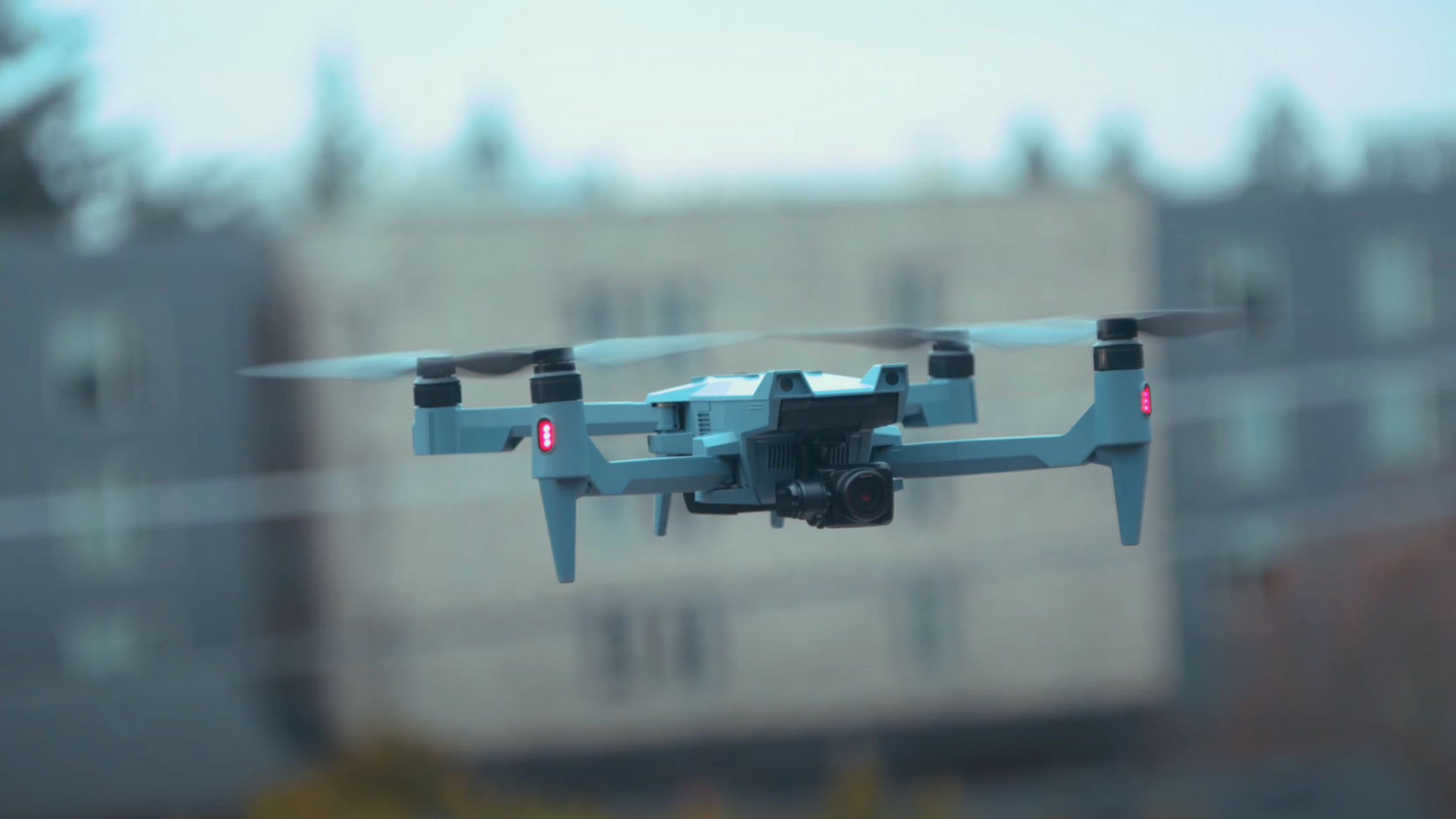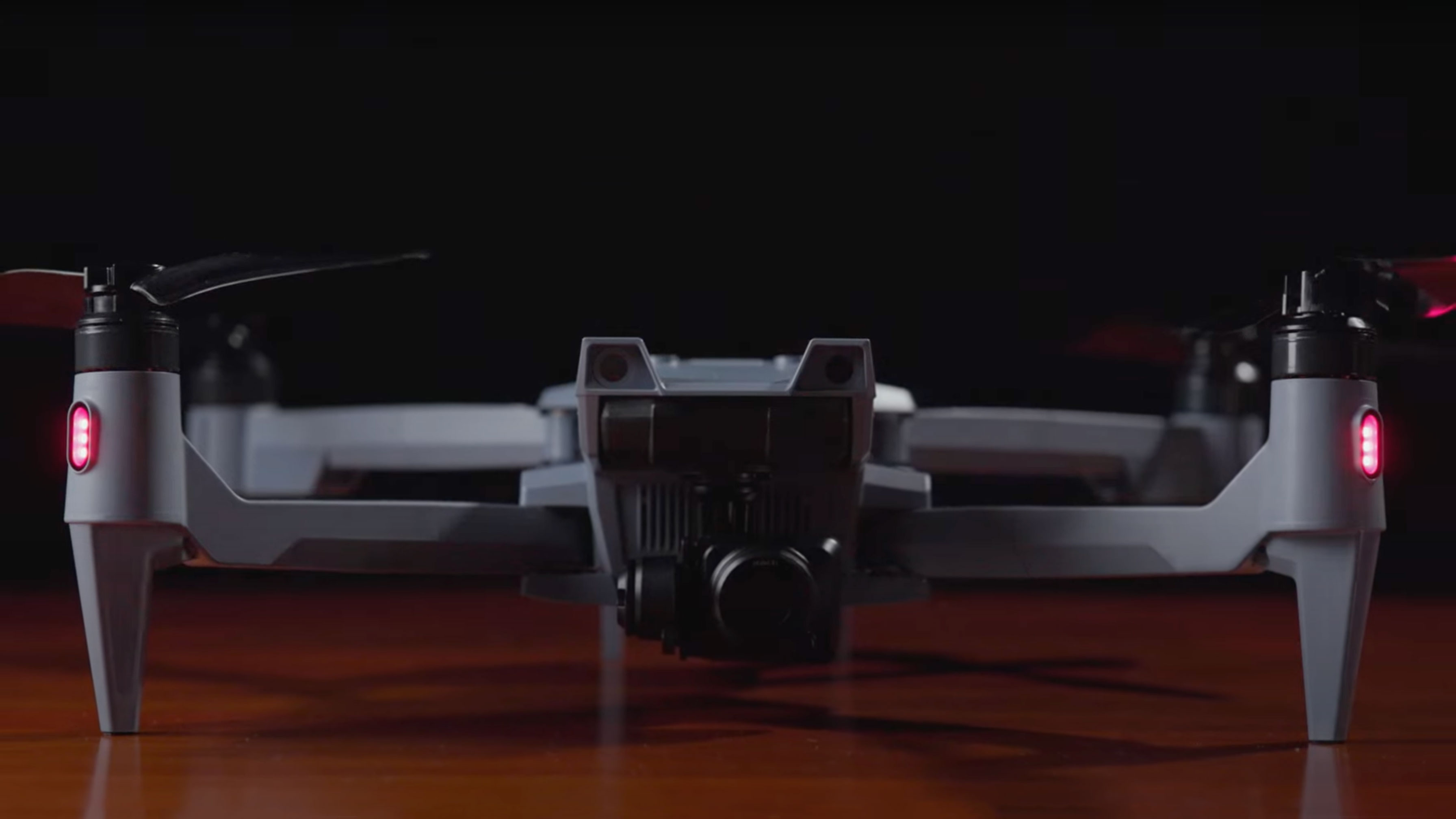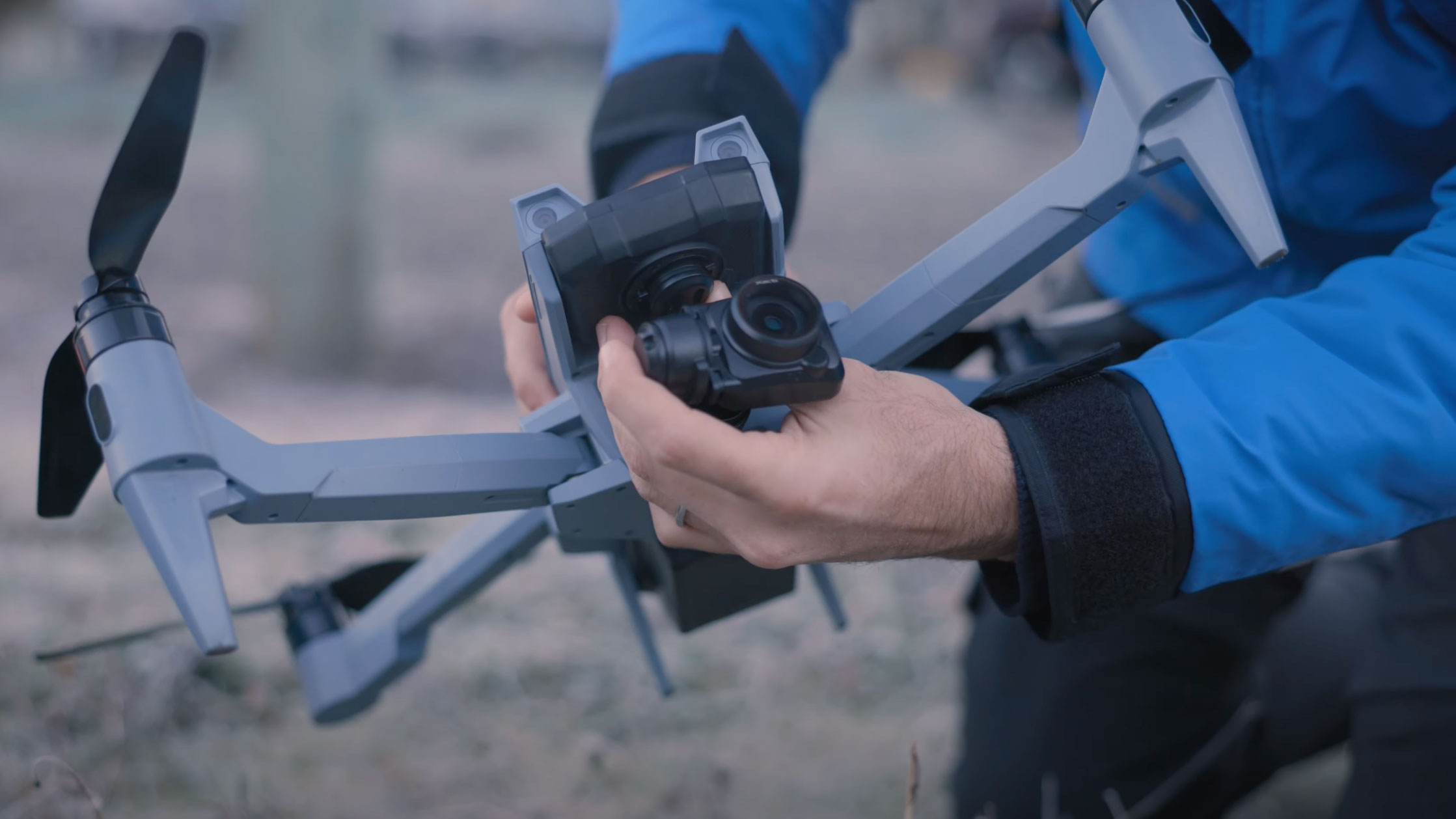
The world has been waiting to see a serious contender like ACSL to threaten leading consumer drone manufacturer DJI. There is competition from Autel, Skydio, Parrot, and others at the pro level, but thus far the most famous consumer attempts have been abortive, not least GoPro's.
After announcing their plans last year, ACSL finally threw their hat into the ring with their SOTEN drone which, at first glance, really looks to have drawn some inspiration from the DJI Mini series (which isn't usually a bad thing). At the same time, the company's Japanese heritage was extremely reassuring for many potential customers in the US where – regardless of the truth of the matter – anti-Chinese politics have now blocked many from buying DJI. Others, understandably, don't want to risk losing government clients.
All of this means it's a good time for a bit of competition, and I have tried other excellent new consumer options, like the Potensic Atom and the Hover Air X1, but I still join many drone pilots in hoping for another big player to establish itself. Many people excitedly showed me ACSL's initial press images and it certainly looked like it was happening...

It was indeed exciting to see a compact drone from a non-Chinese company. Something that had the aesthetic and high-end spec of a good DJI camera drone – a 20-megapixel camera – but came from a non-blacklisted market. Whether your issues were moral or legal, purchase won't be an issue. The press images of the remote show a phone in a clamp, much as we're used to with cheaper drones too – an encouraging sign.
Except, on closer inspection, although the drone might look like it has a lot in common with a DJI Mini, or at least a Mavic 3 with that 20-megapixel camera, but once seen in the context of a human, you'll see that things are a little different size-wise.

It won't take a leap of imagination to realise that, despite eight months arranging distribution in the USA, ACSL are not diving heading into the consumer market and – even if they were – the budget you'd need to set aside is a little higher than a typical consumer drone.
The features are impressive though; the camera unit is swappable in a similar manner to the DJI Inspire 3 (yet compared to that drone there may well be more portability here). That means that as well as the 20-megapixel standard camera, which boasts a mechanical shutter, a thermal camera and a multispectral camera will be available too. Pro features also include IP43 – a degree of water spray resistance – and the ability to save missions.
The drone's specs are the final giveaway – the take-off weight is 3.8lb (1,720g) which is nearly double that of the Mavic, and the folded size is 14.3 x 6.4 inches (363 x 163mm). That and the $10,000 cost of entry which definitely keeps this out of the consumer space, though makes it a very interesting alternative to DJI for a lot of operations like mapping and disaster response.
I've tried a lot of the best camera drones and the best thermal drones, but if the price here surprised you check our guide to the best cheap drones.







